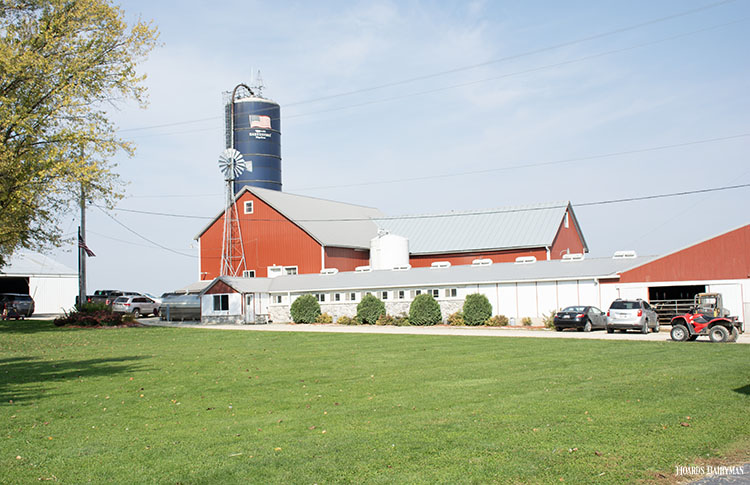
Margins in the dairy industry have become more pinched over time. Some farms grow larger to keep margins profitable, but if your goal isn’t to get larger, what does the future look like for a small or mid-sized dairy farm?
Extension dairy specialists Jenn Bentley and Fred Hall from Iowa State University and Jim Salfer from the University of Minnesota came together on an episode of the “I29 Moo U Dairy” podcast to talk about staying relevant as a smaller dairy farm.
Bentley reminded listeners that the demand for dairy is there and not going away. Per capita dairy product consumption continues to grow in the United States and globally. Farms keep producing milk more efficiently. As a smaller dairy farm, how can you keep margins profitable without adding cow numbers?
Hall stated, “You need to ask yourself, ‘What can I do to increase margins, or is there something else I need to be doing?’” Farmers need to fit into their marketplace as a smaller dairy, which could be purebred cattle, or using beef embryos as basic examples. The trio talked about figuring out what you are good at that you can take advantage of and striving to be a winner in the marketplace. Maybe that is operating well at a low cost of production or being a good crop grower.
Bentley mentioned that some farms in her area are finding their niche through on-farm processing. Salfer said that he has seen some farms putting in robots, so the next generation has the ability to work off the farm and still work with cows. With any idea, the three recommended working with your agribusiness consultants or lenders to make sure the plan has strength.
Salfer shared FinBin data that the University of Minnesota collected on dairy farms since 2015. In looking at data from farms milking 200 to 500 cows, the top 20% of farms had an average of $250,000 net farm income. He noted two big things these top farms do:
- Their operating profit margins are bigger. For every dollar these farms spend, they keep 15 cents to 23 cents.
- The asset turnover rates on these high-profit farms fell between 25% and 30%. These farms invest in assets that make money now and in the future. An example could be cooling systems for cows. A new truck may not do this.
In conclusion, the three shared their key takeaways from the podcast:
Bentley — “There is no one way to run a dairy farm. A lot is in the details, know your numbers and know what you are investing in.”
Hall — “Take your ideas, look at your records, and understand what that change will be. Do things that make you money.”
Salfer — “Look in a mirror and lay out what you want your farm to look like. Take advantage of your advantages.”
More FinBin data is available at https://finbin.umn.edu/.








